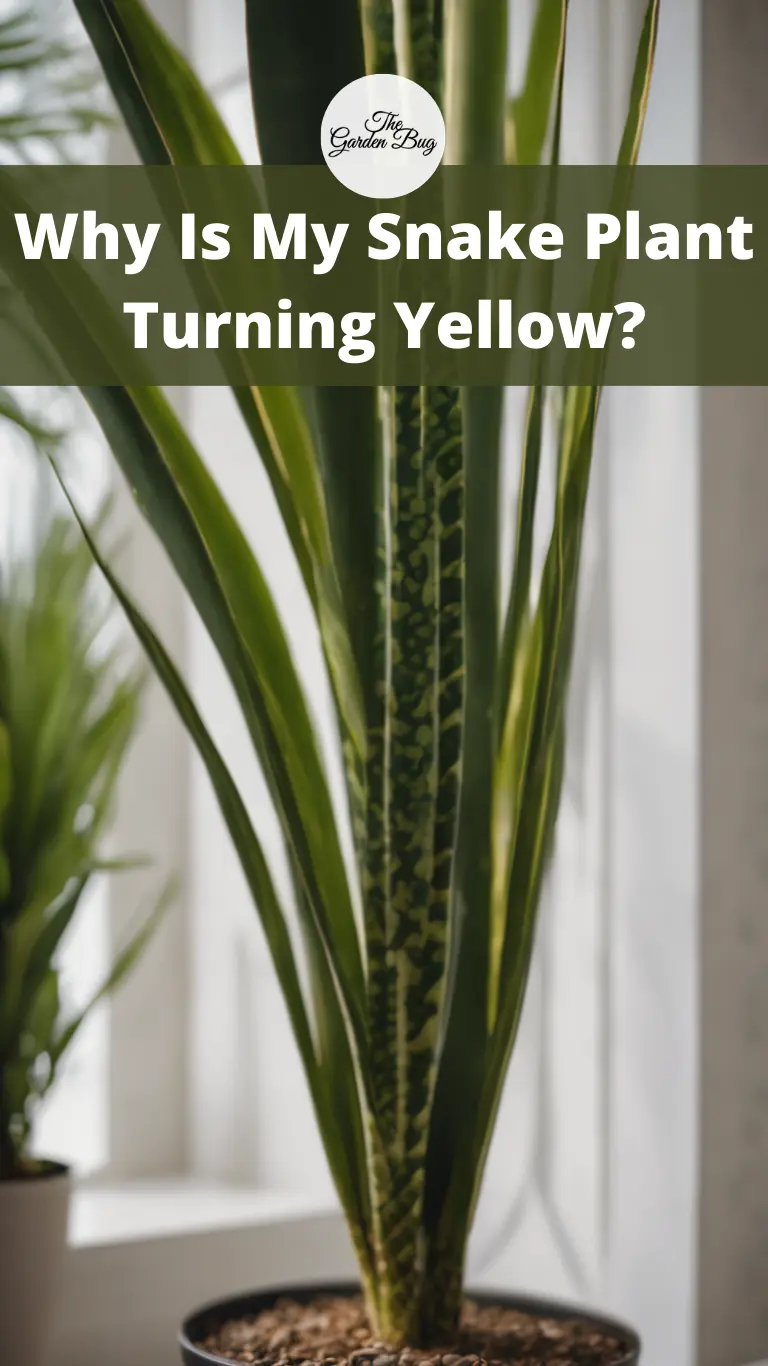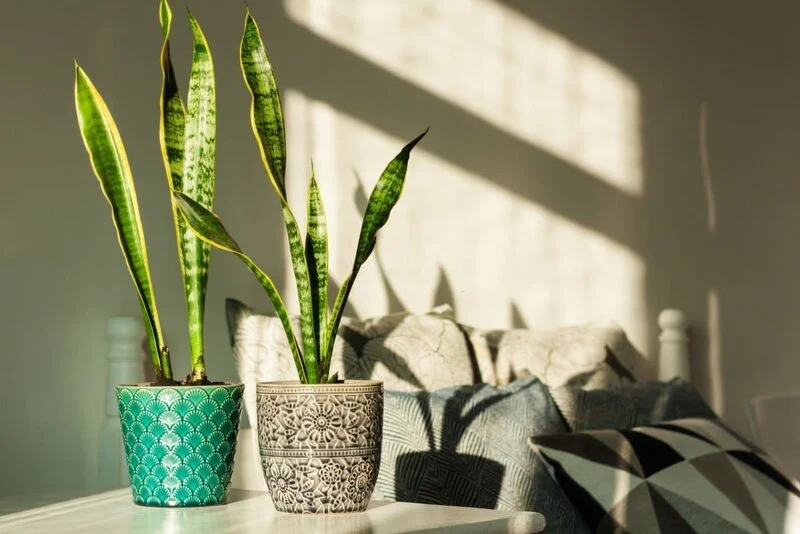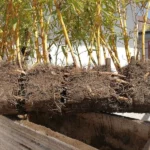Is your snake plant looking a little under the weather with yellow leaves? Don’t worry, we’re here to help! Snake plants are tough, but they can still suffer from yellowing leaves when something isn’t quite right. In this article, we’ll break down the common causes of yellowing snake plants and give you simple solutions to bring your plant back to life. Let’s dive in and rescue your green buddy!
Insufficient Light
Do you know that snake plants love light but not too much? If your snake plant isn’t getting enough light, it might start turning yellow. Just like us, they need a good dose of sunshine to thrive. So, check where you’ve placed your plant. Is it hidden away in a dark corner or tucked behind heavy curtains? That might be the culprit! To fix it, move your snake plant to a brighter spot where it can soak up indirect sunlight. But remember, no direct sunlight as it can burn those precious leaves!
Overwatering
Uh-oh, could you be drowning your snake plant with too much love? Overwatering is a common mistake that can turn those vibrant green leaves into a sad shade of yellow. You see, snake plants are tough cookies that prefer their soil on the dry side. When you water them too frequently or keep the soil constantly moist, their roots can rot, causing the leaves to yellow and feel mushy. To save your snake plant, give it some breathing room. Let the soil dry out completely between waterings. And make sure your pot has drainage holes to let excess water escape. It’s all about finding that perfect balance!
Remember, with a little understanding and care, you can restore the beauty of your snake plant. Let’s tackle those yellow leaves together!
Underwatering
Is your snake plant feeling parched? It might be suffering from underwatering, which can make its leaves turn yellow. Just like us on a hot summer day, snake plants need a good drink of water to stay happy. If you’ve been neglecting to water your plant, it can show signs of dehydration, like droopy or wilted leaves. So, give your snake plant some love by checking the soil. If the top inch feels dry, it’s time to quench its thirst. Water it thoroughly and let the excess water drain away. Remember, a hydrated snake plant is a happy snake plant!
Nutrient Deficiency
Hey, did you know that snake plants need their nutrients too? If your snake plant’s leaves are turning yellow from the tips or edges, it might be craving some essential nutrients. Just like how we need a balanced diet, snake plants need their fair share of nitrogen, iron, and magnesium to stay vibrant and healthy. So, give your plant a little boost by fertilizing it with a water-soluble houseplant fertilizer. Follow the instructions on the package and feed your snake plant the right nutrients it deserves. Watch those yellow leaves transform into a lush green beauty!
- 🌱 PERFECT BLEND OF NUTRIENTS – Give your snake plants everything they need to grow up healthy! Our 3-1-2 liquid concentrate has all of the essential nutrients that your plants crave.
- 🌱 MIX WITH WATER – Designed to blend with water to provide a single application to use every other watering cycle. 1-2 tsp per 8 cups water.
- 🌱 SUITABLE FOR ALL VARIETIES – You can use our fertilizer on just about any kind of snake plants. It’s great for seedlings and mature plants alike.
- 🌱 SPECIALLY DESIGNED PREMIUM FORMULA – Special blend enables maximum absorption for plant growth and vitality.
- 🌱 DURABLE PACKAGING – This liquid concentrate comes in a sturdy, 8 oz foil sealed bottle. Store it in a safe, dry place and you can count on it to stay in great condition for a long time to come.
Temperature Stress
Who knew temperature could stress out a plant? Well, snake plants aren’t fans of extreme temperatures either. If your snake plant is turning yellow, it could be due to cold drafts or hot air blowing from heaters. Even sudden temperature changes can make them feel uneasy. So, give your snake plant a cozy spot away from chilly drafts or direct heat. Keep the room temperature in a comfortable range between 60-85°F (15-29°C) to keep your plant happy. Remember, a stress-free snake plant means no more yellow leaves!
Conclusion
There you have it! We’ve unraveled the mystery behind yellowing snake plants. Whether it’s insufficient light, overwatering, underwatering, nutrient deficiency, or temperature stress, each problem has a simple solution. By finding the right balance of light, water, nutrients, and temperature, you can bring back the vibrant green glory of your snake plant. So, don’t lose hope if you see those yellow leaves. With a little care and attention, your snake plant will be back to its thriving, green self in no time. Let’s rescue those leaves and enjoy the beauty of your revived snake plant!





